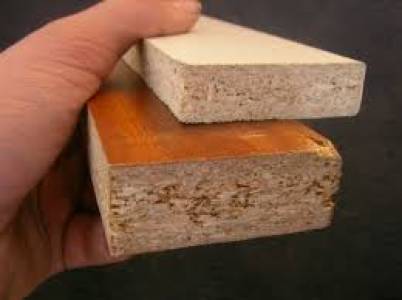
Particleboard, also known as chipboard, is an engineered wood product manufactured from wood particles (chips, shavings, sawdust) bound together with a resin binder. This process creates a flat panel that is strong, stable, and surprisingly versatile, making it a popular and cost-effective choice for a wide range of applications.
Particleboard is available in various grades, depending on its intended use and desired properties. These grades are typically differentiated by:
Selecting the right particleboard depends on your specific project needs. Consider the required density, thickness, formaldehyde emissions level, and intended finish. Consulting with a building materials supplier can ensure you choose the appropriate grade for your application.